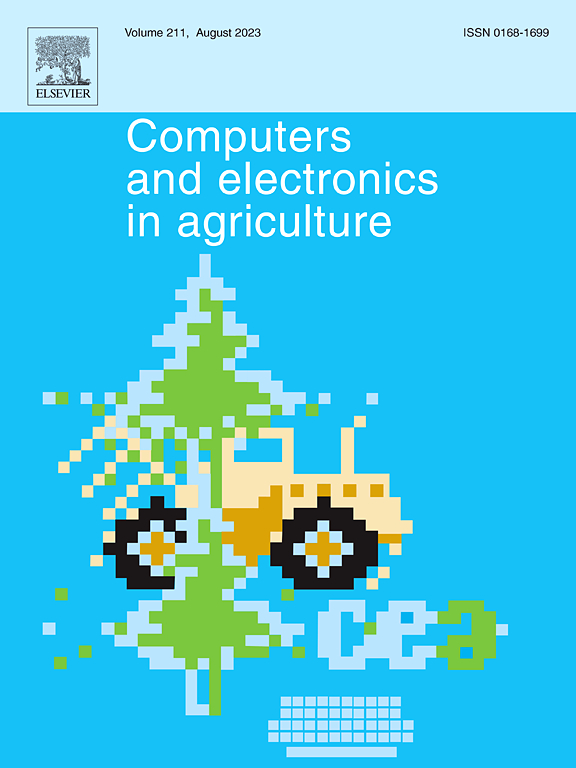Spatio-temporal changes in subsurface soil salinity based on electromagnetic induction and environmental covariates at the Tarim River Basin, southern Xinjiang, China
IF 7.7
1区 农林科学
Q1 AGRICULTURE, MULTIDISCIPLINARY
引用次数: 0
Abstract
Changes in water and salt content in the root zone directly affect the survival strategies and health status of natural vegetation in arid regions. Since the 1980s, climate change and intensified human activity have resulted in spatial changes in soil salinity in the root zone (SSRZ, 30–100 cm) of the oases in the Tarim Basin. These changes have not been explored adequately. Therefore, this study quantifies the SSRZ based on Landsat OLI, electromagnetic induction (EMI), and auxiliary variables to evaluate the difference between current conditions and the historical record. Environmental covariates derived from the SCORPAN framework were employed for SSRZ modelling using the random forest (RF) algorithm. The results were as follows: (1) The ECa spatial model established based on ECa readings and environmental variables showed that the R2 values of the validation models were between 0.77 and 0.84 at four EMI modes. (2) The ECa maps were then used as environmental variables for RF-SSRZ model construction with 84 % modelling accuracy using a calibration dataset (70 %) and validation dataset (30 %), which indicated that 83 % of the SSRZ spatial variation could be explained by this method. (3) Variable importance calculated by recursive feature elimination (RFE) showed that the contribution of four EMI dipole modes occupied the top four positions in the variable importance ranking. (4) The spatial variability pattern of the ECa maps and the RF-SSRZ map was approximately similar to the ECeHWSD (30–100 cm) affiliated with the Harmonized World Soil Database (HWSD) generated in the 1980 s. (5) The SSRZ change over the past 40 years was calculated based on the ECeHWSD and SSRZ maps with HWSD soil type units, and 43 % of the area showed alleviation. The three desalination levels were 2.88 % for –10 to 0 dS·m−1; 12.49 % for –10 to –28.33 dS·m−1; and 27.58 % for <–28.33 dS·m−1. Within the oasis and on both sides of the Tarim River, a 57.05 % increasing trend was computed between 0 and 2.08 dS·m−1.
求助全文
约1分钟内获得全文
求助全文
来源期刊

Computers and Electronics in Agriculture
工程技术-计算机:跨学科应用
CiteScore
15.30
自引率
14.50%
发文量
800
审稿时长
62 days
期刊介绍:
Computers and Electronics in Agriculture provides international coverage of advancements in computer hardware, software, electronic instrumentation, and control systems applied to agricultural challenges. Encompassing agronomy, horticulture, forestry, aquaculture, and animal farming, the journal publishes original papers, reviews, and applications notes. It explores the use of computers and electronics in plant or animal agricultural production, covering topics like agricultural soils, water, pests, controlled environments, and waste. The scope extends to on-farm post-harvest operations and relevant technologies, including artificial intelligence, sensors, machine vision, robotics, networking, and simulation modeling. Its companion journal, Smart Agricultural Technology, continues the focus on smart applications in production agriculture.
 求助内容:
求助内容: 应助结果提醒方式:
应助结果提醒方式:


